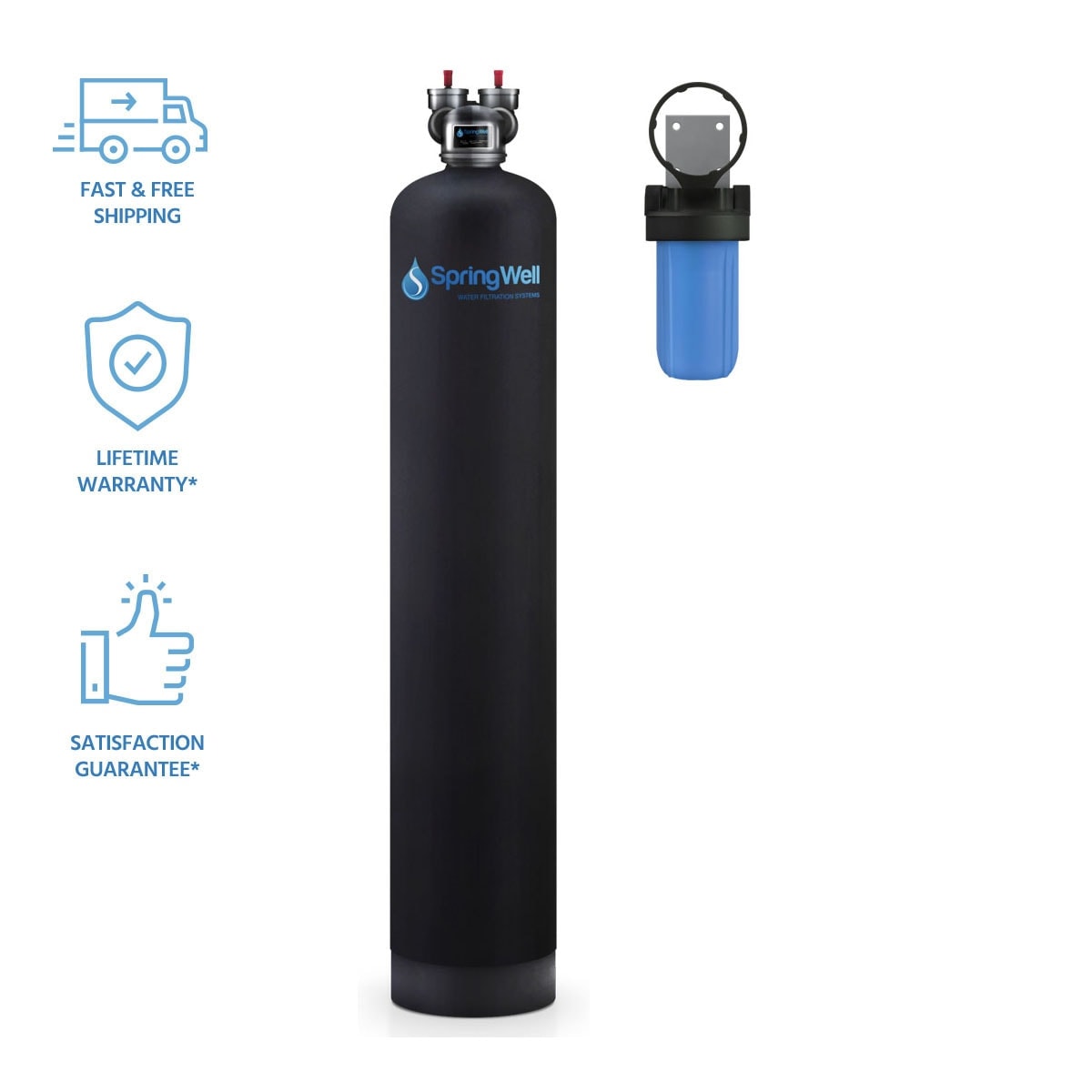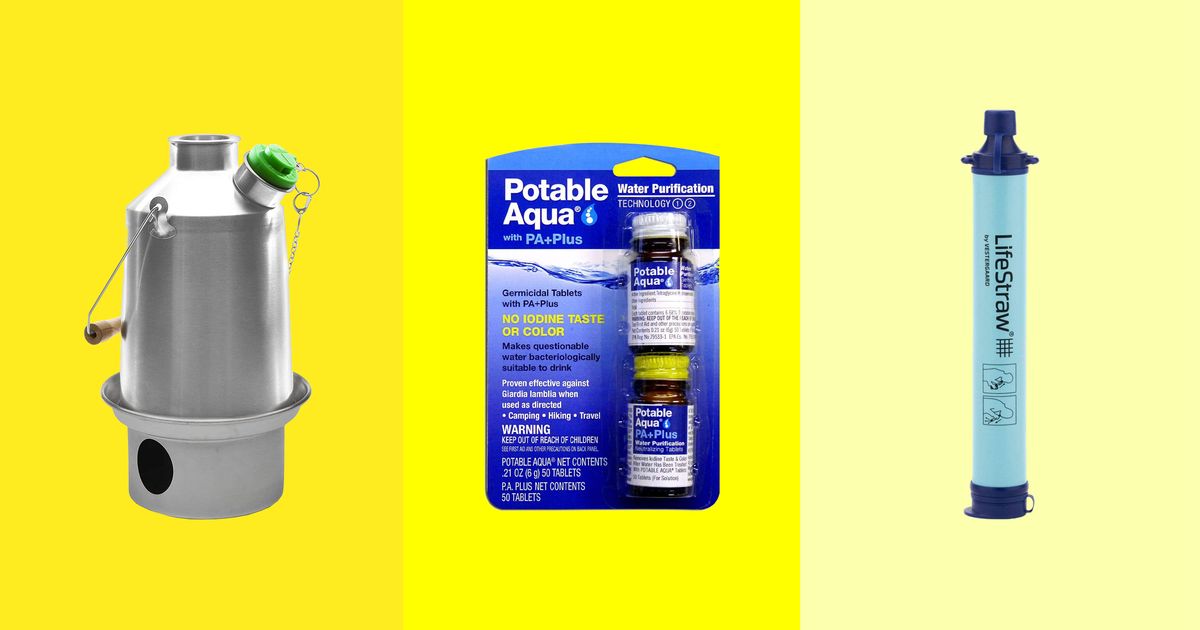3 Simple Techniques For Home Water Filter Installation
Table of ContentsWell Water Treatment Companies Fundamentals Explained5 Simple Techniques For Best Reverse Osmosis System For Drinking WaterThe Best Strategy To Use For Uv Light Water FiltrationLittle Known Facts About Uv Light Water Filtration.
If you have a cam available, take an image of all your services prior to beginning the purification. This will certainly be handy for your screen board. Make sure that all the images are taken with the very same lighting, history, and also electronic camera settings (it is most likely best to utilize a white history) so you can compare them to each various other.Proceed with the filtration. You can do the complying with steps either back-to-back or establish them up and run them at the same time. Beginning with the filtering experiment utilizing granular turned on carbon. Put each concentration of the prepared dye solutions into the particular cups consisting of the granular triggered carbon that you prepared symphonious 2 of "Preparing Your Examples as well as Filters".

After 10 minutes, put the water and carbon mixture right into the filters that you prepared symphonious 3 of "Preparing Your Samples and also Filters," as well as allow the water seep through the filters. Keep in mind: Make certain that the water drains out of the filters totally as well as gathers in the cup listed below the filter.
If the the water degree gets to all-time low of the filter once it has permeated with, either choose a bigger mug or usage much shorter, basket shaped coffee filters rather than the longer, cone-shaped ones. Next, continue with the purification experiment utilizing powdered turned on carbon. Slowly pour each concentration of the ready dye remedies right into the respective cups including the powdered triggered carbon that you prepared in action 2 of "Preparing Your Examples and also Filters".
Little Known Facts About Home Water Filter Installation.
Set your timer to 10 mins as well as rapidly stir each solution with the activated carbon making use of a clean spoon (filtering well water for drinking). After 10 mins put the water and also powdered carbon combination onto the filters that you prepared in action 3 of "Preparing Your Examples as well as Filters" as well as allow the water seep through the filters.
For the purification experiment using no triggered carbon, pour each of the prepared water samples onto the purification cups planned for this problem in action 3 of "Preparing Your Examples and also Filters". Again, allow the water seep via the filters entirely. Allow the remedies in each cup seep through the 4 layers of coffee filter.
If you have a camera offered, take a photo of all the options that you collected in the filtering cups after the filtration experiment. filtering well water for drinking. Again, this will be helpful for your display board. See to it that all the pictures are taken with the same illumination, background, and also cam setups that check you utilized symphonious 6 (it is probably best to use a white background) so you can contrast them to every other.
Responsible scientists constantly do their experiments at least 3 times to validate that their outcomes are always revealing the very same trend, meaning that they are reproducible. Analyzing Your Data Calculate the ordinary color score for each and every of your water examples after treatment. To do this, for each and every of your samples add the color values from each individual test and after that divide the result by 3.
The Ultimate Guide To Filtering Well Water For Drinking
Compare the ordinary color worths that you made a note of for every speculative condition before as well as after the filtration. Can you see a trend in your data? Did your water examples end up being less tinted or even anemic after purification? Did the filtration material or the dye focus make a distinction? Advanced pupils can do more quantitative dimensions of the water colors, making use of a shade picker device online.
You can make use of the left-over color remedies that you prepared initially as reference for the "prior to therapy" examples. The device gives you shade worths for H (Shade), S (Saturation), B (Illumination) as well as R (Red), G (Eco-friendly) and also B (Blue). Stay within the same Hue for your color analysis (keeping the arrow on the right bar repaired at one setting) as well as for each and every chosen shade jot down the color saturation (S) and illumination (B) worth.

You can either make a separate graph for every dye concentration or make use of one bar chart with different shades suggesting the different dye concentrations. The Bibliography listings an online graphing device that can aid you develop charts. If you picked to use the shade selecting tool, make an additional graph comparable to that in action 4, yet this time plot your average saturation worths on the y-axis.
Fascination About Filtering Well Water For Drinking
Variants In this job you used the exact same quantity of turned on carbon for each experimental condition. Do you think the outcomes will alter when you utilize much more, or much less activated carbon? Repeat this experiment but this time vary the amount of triggered carbon you place right into your filters. You can either pick one more amount of activated carbon for the various dye focus, or keep the color concentration consistent as well as vary the amount of turned on carbon instead.